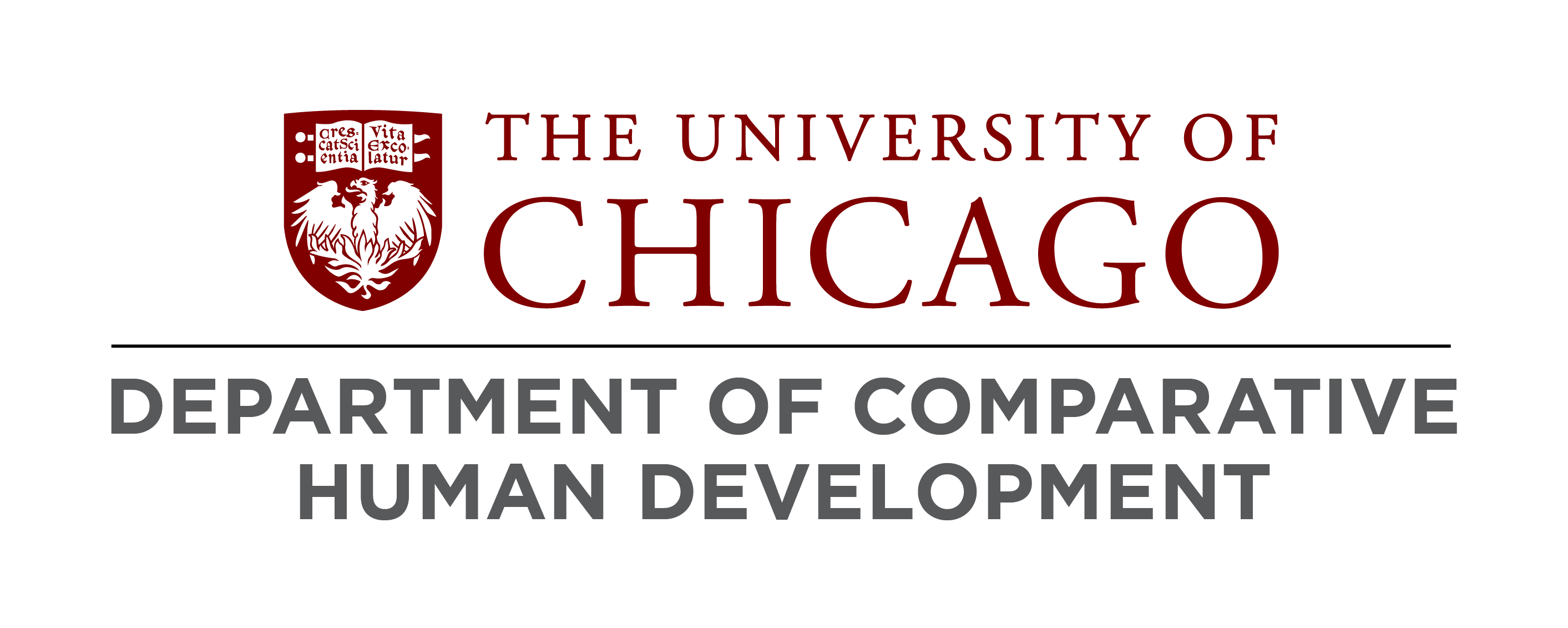Exploring how whole-to-part learning is a natural bias in children
By Sarah Steimer
Young children learning a language approach it in two ways: by learning parts and constructing wholes, or by learning wholes and discovering parts. In an article published in Trends in Cognitive Sciences, researchers show the latter phenomenon is demonstrable in children who create language without input, suggesting that whole-to-part learning is a bias that children bring to language.
Susan Goldin-Meadow, the Beardsley Ruml Distinguished Service Professor in the Departments of Psychology and Comparative Human Development, and her coauthor Inbal Arnon, of Hebrew University in Jerusalem, wanted to better understand how natural the development of whole-to-part learning is, which led them to explore the concept in children who create their own language.
When children approach language with whole-to-part learning, they start by learning under-analyzed wholes (e.g., “Ididit”) and eventually discover the parts of the whole (I did it). There are at least two possible reasons for whole-to-part learning. First, both speech and sign are continuous, without perceptually clear boundaries between words or signs. Because a child might have difficulty extracting the parts that make the wholes, they may segment units that extend beyond a single word. Alternatively, children may begin with wholes as a general cognitive process, which is not necessarily driven by opaque input but rather by a communicative need for units — learned or created — that are conducive to expressing needs, or descriptions of whole events.
To test whether whole-to-part learning is a bias children can bring to language even when they don’t have a language to learn, the researchers asked whether the process occurs in the absence of linguistic input. This is best demonstrated in deaf children whose hearing losses prevent them from acquiring spoken language, and whose hearing parents have not exposed them to sign language. These children communicate using gestures referred to as homesign, which show properties of natural language. The gestures that their hearing parents use as they talk with their homesigners are structured differently from homesign, and are therefore unable to serve as a model for it.
“What's unique about these deaf kids is that they don't have linguistic input, and so the drive to start with a big gesture and later separate the gesture into smaller parts comes from the child creator,” Goldin-Meadow says.
“Our study shows that we are inclined to do that analytic work on larger chunks even if we aren't presented with chunks that are hard to analyze. When presented with English, for example, children learn a word like 'walked’ as a whole, only later realizing that the word is made up of two parts — ‘walk’ and ‘ed.’ Kids do the same when they're making up their own gesture language.”
The data used in the article come from Goldin-Meadow’s previous studies of homesigns. For example, homesigners can represent climbing a ladder by rotating two fists in the air as they move the fists upward (as though climbing, CLIMB+UP). But they can also represent the same event by first rotating the fists in place, and then moving a point hand upward (CLIMB—UP). The new paper shows that, for certain constructions, the bigger form (CLIMB+UP) is created first and the analyzed form (CLIMB––UP) comes later.
“This new work done with Susan shows that whole-to-part learning is not only a consequence of hard-to-segment input, but is a bias children bring to language learning,” Arnon says. “This raises very interesting questions about the role of such learning in the emergence of linguistic structure, and about its presence in other species.”
The motivation to start with the whole suggests communicative efficacy, putting greater value on communicative intent over structure. The motivation behind breaking these wholes into parts is that the wholes can be limiting, whereas breaking them into chunks can expand the child’s language.
“Sometimes in creating a language, or learning a language, starting with a whole is the best,” Goldin-Meadow says, and this latest paper demonstrates that it happens even in the absence of a provided language. “It's the child who's coming with that inclination. It's not being foisted upon them by the environment that the child is in.”
The implications for this paper are broad, spanning cultures and development, and they include the ways in which adults learn a new language.
“Over the past 15 years, we have tested the predictions made by this Starting Big approach: we've shown that infants indeed extract both words and multiword units; that whole-to-part learning helps master a set of grammatical relations; and that adults are less likely to engage in such learning,” Arnon says. “But, importantly, by manipulating their input to make it less segmented, adults can engage in whole-to-part learning, and this improves their learning outcomes.”
 THE UNIVERSITY OF CHICAGO
THE UNIVERSITY OF CHICAGO


